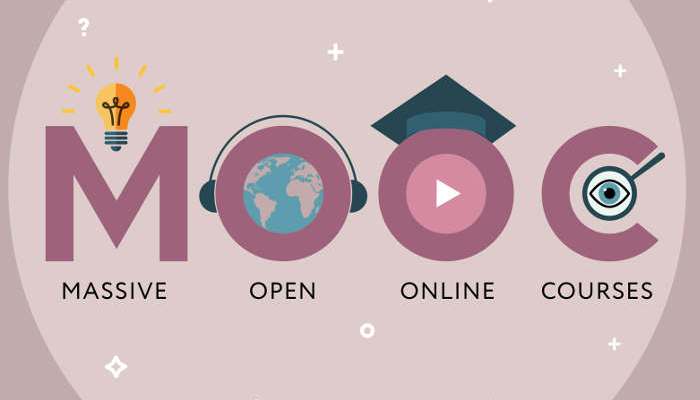MOOCs vs. Conventional Mode of Teaching and Learning
 Characterized by massiveness, openness, high-quality, and free of charge globally, MOOCs – the abbreviation of Massive Open Online Courses, in the last few years has risen to prominence by leaps and bounds. To define, MOOCs is the new development of distance learning, where courses are been offered online aimed at the open visit and massive participation. Though acknowledged by a large number of people in the education arena, there are still different stakeholders of the education sector who believes the conventional way of learning and teaching is more appropriate and beneficial. Hence, in the pursuit of giving a clear picture of what are the pros and cons of MOOCs and Conventional Mode of Teaching and Learning, to the learners who want to pursue a course but are in doubt, which mode to choose, we have listed out some differences between MOOCs and Conventional Mode of Teaching and Learning.
Characterized by massiveness, openness, high-quality, and free of charge globally, MOOCs – the abbreviation of Massive Open Online Courses, in the last few years has risen to prominence by leaps and bounds. To define, MOOCs is the new development of distance learning, where courses are been offered online aimed at the open visit and massive participation. Though acknowledged by a large number of people in the education arena, there are still different stakeholders of the education sector who believes the conventional way of learning and teaching is more appropriate and beneficial. Hence, in the pursuit of giving a clear picture of what are the pros and cons of MOOCs and Conventional Mode of Teaching and Learning, to the learners who want to pursue a course but are in doubt, which mode to choose, we have listed out some differences between MOOCs and Conventional Mode of Teaching and Learning.
1. Conventional Mode: In one-to-one teaching and learning set-up, there is more scope of engagement by adding a human element. It is especially beneficial for learners who are not so self-sufficient or who are used to the traditional ‘teacher and class' model of education.
MOOCs: While in MOOCs, the learners can get access to live online lessons. Here the trainers motivate the learners to learn at their own pace without any compulsion of completing a segment in a particular time frame. This kind of education is greatly helpful for learners who are self-motivated and determined to achieve their study goal.
2. Conventional Mode: Students in a conventional mode are enabled to earn knowledge disseminated by the teachers in the classrooms and are facilitated with the limited study material.
MOOCs: In MOOCs, however, the learners are offered to participate voluntarily and to study material of the most renowned institutes of the world.
3. Conventional Mode: For the faculty members who teach in a conventional classroom set-up gets more opportunity to know the learners individually. This way evaluations and design the curriculum according to the learner's interests becomes easy.
MOOCs: There is limited opportunity for assessment of students' performance, difficulty in retaining student interest, limited scope for customizing the course to meet the learning curve of the pursuant in MOOCs mode.
4. Conventional Mode: In a physical classroom, the teacher is free to move the learners around, grouping them in different ways and laying out the class in a way that will make the activities run smoothly.
MOOCs: In MOOCs, the teachers use conferencing software to bring a number of students to together for a discussion on a topic. Here the class size is virtually unlimited.
5. Conventional Mode: The learners have to attend classes on a definite time and have to participate in the teaching and learning process. For students who are shy or doesn't like to confine in four walls of the classroom, conventional mode of learning is not the right choice for them.
MOOCs: In the MOOCs mode, the learners can learn from anywhere and anytime without being present in a specific place. The anonymity of not being physically present in a classroom can benefit learners who feel afraid to speak or raise their own issues in a physical classroom.
To sum up, while there are differences between MOOCs and Conventional Mode of Teaching and Learning, in the hands of a well-trained teacher, both delivery methods can be used to achieve the same goals. Which one you choose depends on your convenience, accessibility, and interest.

